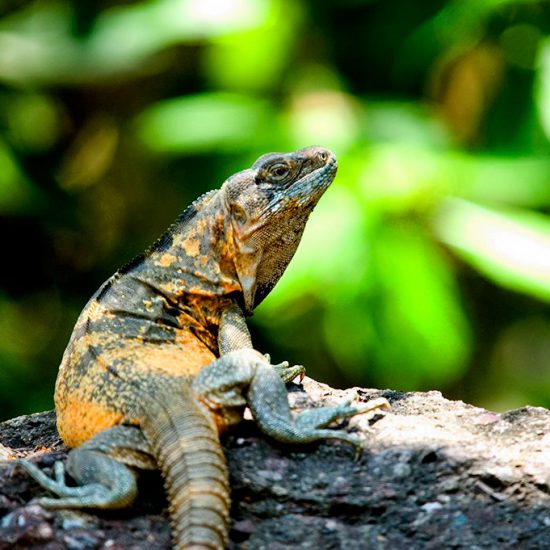 38
38Mexico is home to 864 species of reptiles. This is close to 10% of world’s reptilian diversity. There is only one country in the world that has more species, Australia.

Mexico is home to 864 species of reptiles. This is close to 10% of world’s reptilian diversity. There is only one country in the world that has more species, Australia.
So far 9,547 of reptiles have been described worldwide.
All reptiles have dry, scaly skin that allows them conserve water in their bodies. That is why many reptile species can thrive in very dry regions. Reptiles conquered almost every ecosystem. They live on land, under the ground, in both freshwater and in the sea. And although there are no truly flying reptiles, some species are accomplished gliders.
The exciting number of very unique species of reptiles that live in Mexico has sparked a lively illegal trade in wildlife. Many local species are being threatened not only by habitat loss, but also by imprudence on part of collectors around the world.
VERY LARGE
LARGE TOOTHY HEAD
FRESHWATER AND ESTUARIES
LONG TAILED
USUALLY SLENDER
TERRESTRIAL AND ARBOREAL
SMALLER WITH SHORT LIMBS
BODY PARTIALLY COVERED WITH SHELL
TERRESTRIAL AND FRESHWATER
LARGE WITH SHORT LIMBS
BODY PARTIALLY COVERED WITH SHELL
MARINE
STRIPED SNAKES
LEGLESS
SOME TOXIC AND VENOMOUS
TERRESTRIAL, ARBOREAL & ACUATIC
IRREGULAR PATTERNS
LEGLESS
SOME TOXIC AND VENOMOUS
TERRESTRIAL, ARBOREAL & ACUATIC
WITH BANDED PATTERN
LEGLESS
SOME TOXIC AND VENOMOUS
TERRESTRIAL, ARBOREAL & ACUATIC
MOSTLY SOLID COLORED
LEGLESS
SOME TOXIC AND VENOMOUS
TERRESTRIAL, ARBOREAL & ACUATIC
Text excerpt from Viva Natura: Field Guide to the Amphibians, Reptiles, Birds and Mammals of Western Mexico
-Petr Myska, 2013-